China, India border dispute: Beijing ready to deploy troops 'within hours'
An arresting image of a plane full of gun-wielding troops has emerged as two nuclear states face off. Australia’s being dragged into their dispute.
China has said thousands of troops, armoured vehicles and artillery could be deployed “within hours” as a conflict over a contested border between the nation and India, two nuclear powers, heats up.
Now it seems Australia could be dragged into the spat with Chinese media linking the signing of a new defence pact between Canberra and New Delhi to the border skirmish.
Over recent days, Chinese media has aired arresting pictures of civilian planes full of soldiers in fatigues holding guns. Hundreds more solders were seen boarding trains.
Ostensibly, it’s all part of a military exercise to see how quickly China’s military machine can crank up. However, the troops have reportedly been sent within easy reach of the mountainous border with India where clashes have flared.
Hong Kong’s South China Morning Post reported the so called “manoeuvre operation” by the Chinese People’s Liberation Army was completed in “just a few hours” and saw troops whisked from the country’s central Hubei province. They were sent to an unspecified location in the nation’s northwest.
RELATED: Standoff between Chinese and Indian armed forces
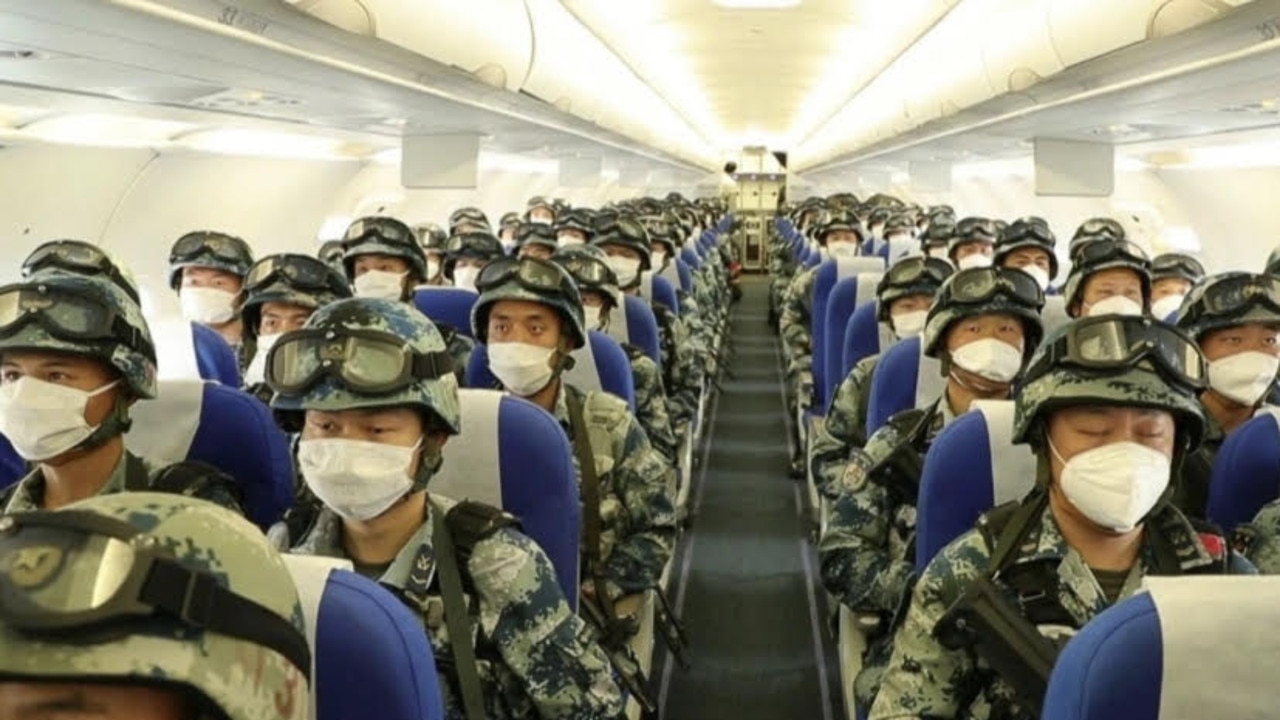
India and China have been facing off against one another along a disputed border known as the Line of Actual Control (LAC).
The demarcation line separates Indian-controlled territory from Chinese-controlled territory and was formed after the 1962 Sino-Indian War that China won decisively.
The disputed Himalayan border was the main cause of the war. Now a new conflict has erupted.
Last month at a mountain pass of strategic importance, the two sides began dropping stones and also physically beat each other, according to Chinese media. At least four Indian and seven Chinese soldiers were injured.
The Chinese military responded by erecting shelters, building concrete bunkers and setting up camps in the strategic high-ground. This is in areas that had been under Indian control. The move reportedly caught India by surprise.
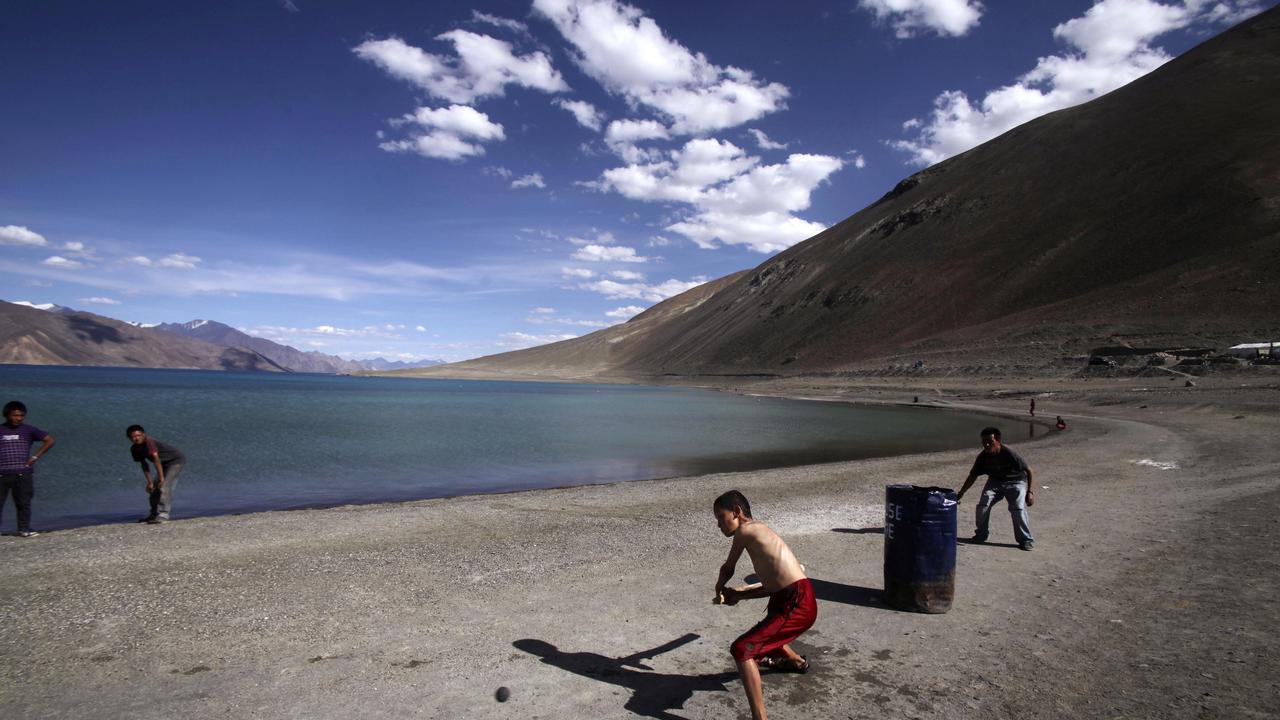
Defence Minister Rajnath Singh said “large numbers” of Chinese troops had crossed into India’s side of the LAC.
India responded by rushing troops to the Galwan River Valley in northern Ladakh and the Pangong Lake in central Ladakh.
China’s latest move coincides with talks between the two nations, both which possess stockpiles of nuclear weapons, aimed at defusing the crisis.
Indian officials crossed on to the Chinese side of the line at the weekend to try and plot a route out of the crisis. However, Indian media reported it could be a “long, drawn process” with “hard-nosed negotiations”.
India is demanding that Chinese troops return to their side of the LAC and destroy the hastily built bunkers it has erected north of a mountainous lake called Pangong Tso.
Both sides agreed the dispute should be resolved peacefully but India also said the weekend’s talks were “inconclusive”.
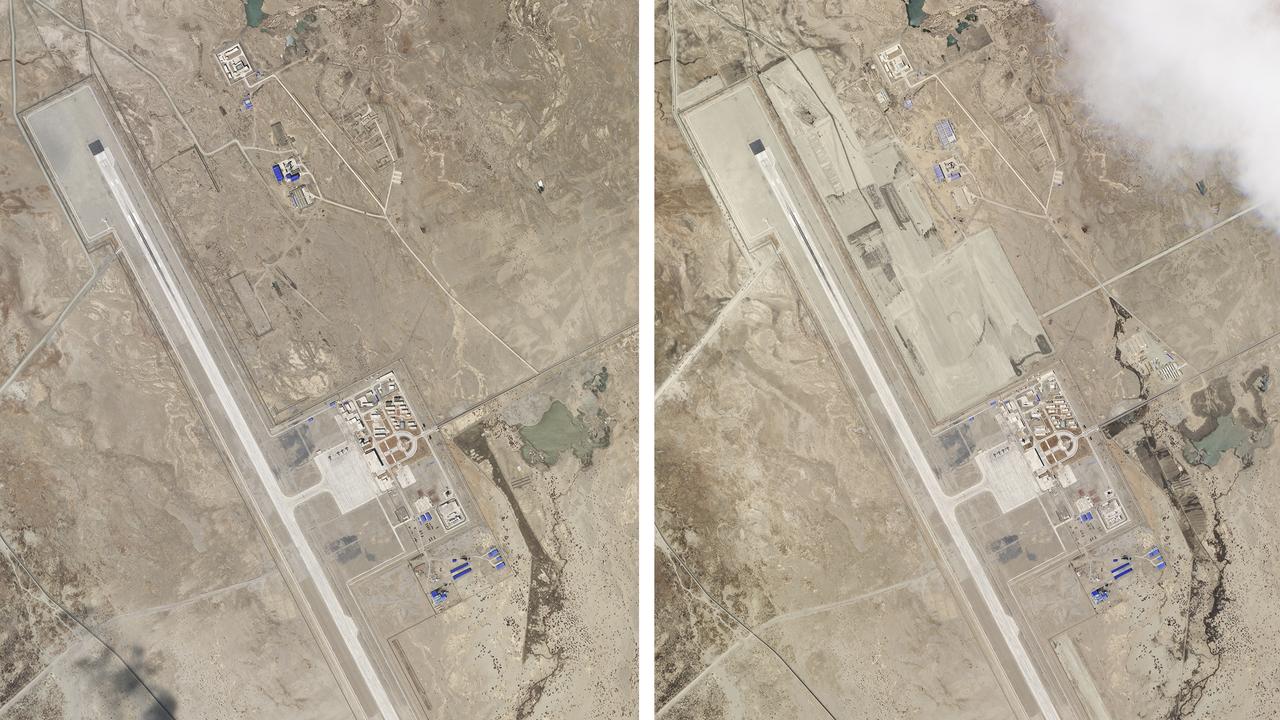
CIVILIAN PLANES
The PLA’s Major Colonel Mao Lei reportedly said the drill had made “significant breakthroughs” in terms of the scale of mobilised troops and how they were transported.
“(Using civilian transport) substantially expanded our means of transporting forces and increased efficiency in manoeuvring an entire organisation of troops,” Colonel Mao told Chinese television station CCTV.
Chinese Communist Party mouthpiece the Global Times has linked the drill to the border tensions with India.
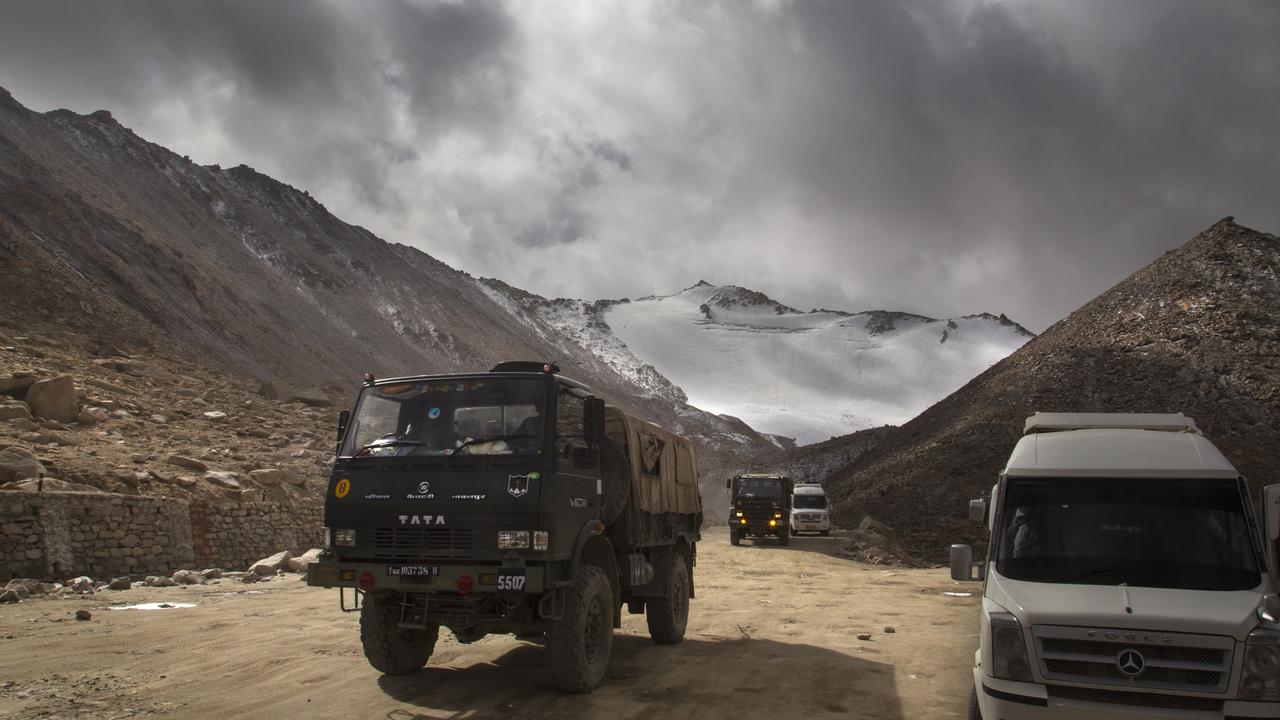
AUSTRALIA INDIA DEFENCE PACT
On the weekend, the Global Times noted that India and Australia had signed a new defence pact and suggested it was part of an effort by New Delhi to put pressure on Beijing to step back from the border region.
“Some analysts regard this move as a joint effort between India and Australia to counter China,” the newspaper wrote.
“Whereas this accord is set against the backdrop of escalating border tensions between China and India, this intensifies friction between Beijing and Canberra.”
It said the India–Australia defence agreement could bring a significant strategic change to the region.
“Such changes will shape a confrontational atmosphere in the region, jeopardising peace and stability.”
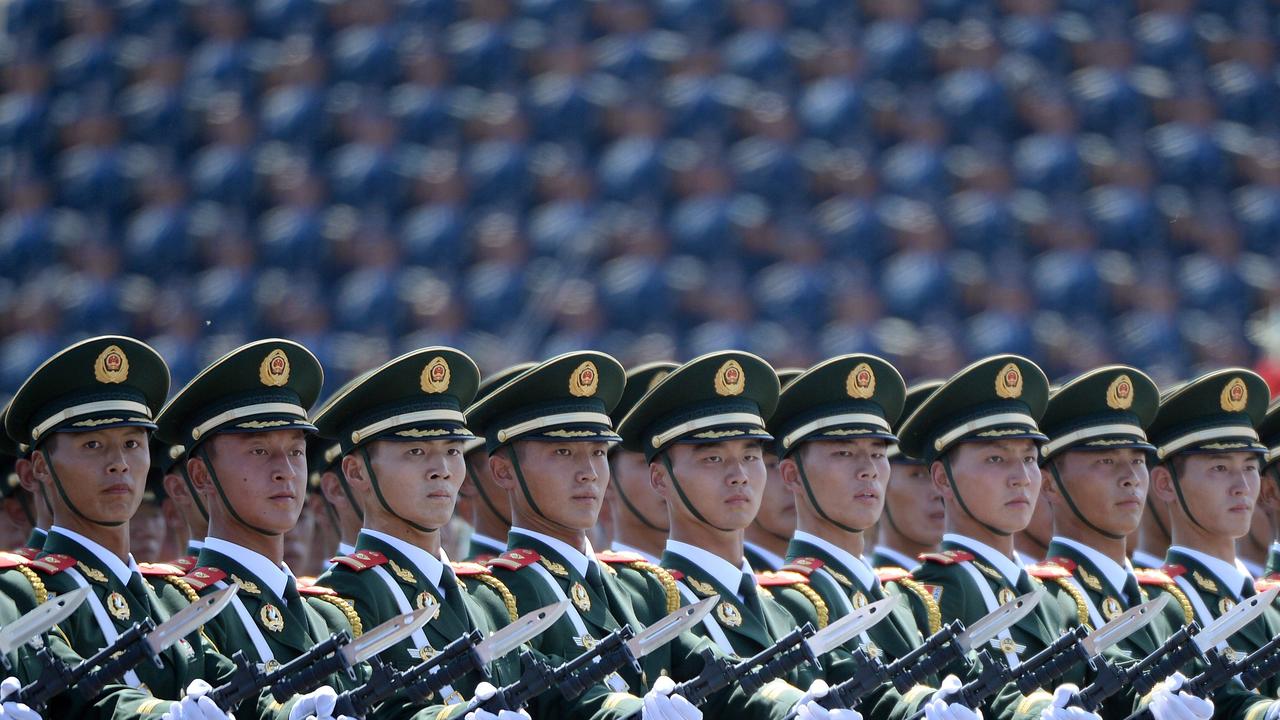
BORDER FLARE UPS
China and India have regularly come to blows over their 3400km long, and infuriatingly ill-defined, border.
Remote and treacherous, few people live in these disrupted areas. But any moves to tame them such as through the building of a road to make access easier, immediately risks a conflict.
Both sides are hugely sensitive to any kind of infrastructure works in the disputed areas. The fear is that the more either nation builds roads and fortifications on its side of the LAC, the more claim it will have to assert its claim to that territory.
While it’s not clear what kicked off the latest flare up, it’s thought China was none-too-pleased by Indian road building efforts on the side of the LAC administered by New Delhi.
Three years ago, the countries also came to blows in another border region – and also over a road. But that time, by China on its own – disputed – side of the LAC.
In early June 2017, China commenced construction of a new road leading to the Doklam plateau, a disputed area close to both the Indian frontier and that of the tiny mountain kingdom of Bhutan.
China accused Indian troops stationed in Bhutan – which only has a small army and relies militarily on India – from straying across the frontier to prevent the road’s construction. That conflict took 70 days to defuse.
With Andrew Backhouse




